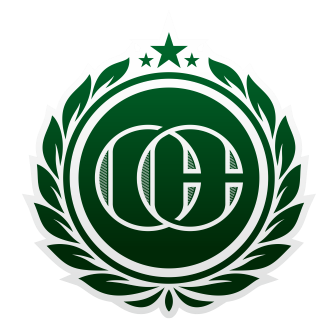4 Steps to Determine What your coin is worth

Have you been looking through your pocket change or your coin jar and wondering “are these coins worth anything?” well the good news is that they just might be!
Determining how much your coin is worth is an important part of coin collecting, but just exactly how do you determine how much your coin is worth? Read on to find out!
What is My Coin Worth?
There are a few factors that go into determining the worth of your coin, let's break down the steps, and then delve further into each one to figure out how much your coin could be worth.
- Determine what coin you have
- Assess the condition of your coin
- Research prices and values of similar condition coins
- Get your coin graded and authenticated
Step 1: Determine what type of coin you have
Naturally, the first thing you’ll need to do is know what kind of coin you have! Let’s say you have a penny, and you want to figure out if it’s worth anything. In order to identify what penny you have, take a look at the date, on U.S. cents you can find it on the obverse (the heads side) of the coin. That date will be the main identifier you’ll use when looking up the values of your coins. We have a small guide for coin collecting beginners
here
Step 2: Assess the condition of your coin
The next thing you’ll want to do is assess the condition of your coin, and try to estimate a grade. In order to do that, you’re going to want to look up some images and guides of what coins generally look like in certain conditions and grades. Coinstudy.com has some excellent examples of what coins look like in different grades.
Generally coins are graded on a 70 point grading scale, with 70 being the best, and 1 being the worst. In addition, there are also names to differentiate the different number groups. The names of the grades are listed below, followed by the number group that name correlates to.
- Poor 1
- Fair 2
- About Good 3
- Good (G) 4-7
- Very Good (VG) 8-11
- Fine (F) 12-19
- Very Fine (VF) 20-39
- Extremely Fine (XF) 40-49
- About Uncirculated (AU) 50-59
- Mint State (MS) 60-70
- Proof (PR) This is a coin specially minted on a different type of blank.
Once you’ve determined the general grade of your coin, you’ll do one of two things, if it’s a lower grade you probably don’t need to get it officially graded unless it’s a very rare coin. If it’s a higher grade and a rare coin, or a very old coin, (we’re talking early 1900s or older) you’re definitely going to want to get it graded by a third-party grading service such as
PCGS or
NGC, which we’ll go over briefly in the next section.
Step 3: Get your coin graded and authenticated
What does getting your coin graded and authenticated mean? And when do you need to do it? Let’s discuss!
In the world of numismatics, there are professional grading services such as PCGS or NGC that will grade your coins for you, for a fee of course. This grading by these services helps to prove that your coin is the real deal, and has been evaluated by someone who is unbiased and not going to say the coin is of better quality even if it is not.
These companies professionally examine your coin and determine the quality, it then gets packaged up in what’s called a slab—which is a protective plastic case—and gets a sticker of authentication, proving it’s legit.
Step 4: Research prices and values of similar condition coins
After determining the estimated grade of your coin or after getting it graded, now you can determine how much your coin is worth!
To determine the worth of your coin, you’re going to need to do a bit of research. The good news though is that there are tons of resources available to help you find the price value of a coin.
One of the best resources for finding the worth of a coin is a book that’s known as
The Official Red Book which is titled as “A Guide Book of United States Coins” this book is invaluable when collecting coins and will provide you with information such as mintages, grade values, auction records, and information on the coin’s history and other useful facts.
After consulting The Red Book, check out marketplace sites like eBay, or Coinsforsale.com, dealer sites, and auction sites like Heritage Auctions to see what coins like yours are selling for. Be sure to look at what a coin has actually sold for and not just what it’s listed for as that will give a more accurate picture of price history. You can also check out the
value guides we have here on coincollecting.com!
And as always, it’s important to remember that demand plays a huge role in what a coin is worth. It may be an error coin that is the only one of its kind, but if nobody wants to buy it then you likely won’t sell it.

